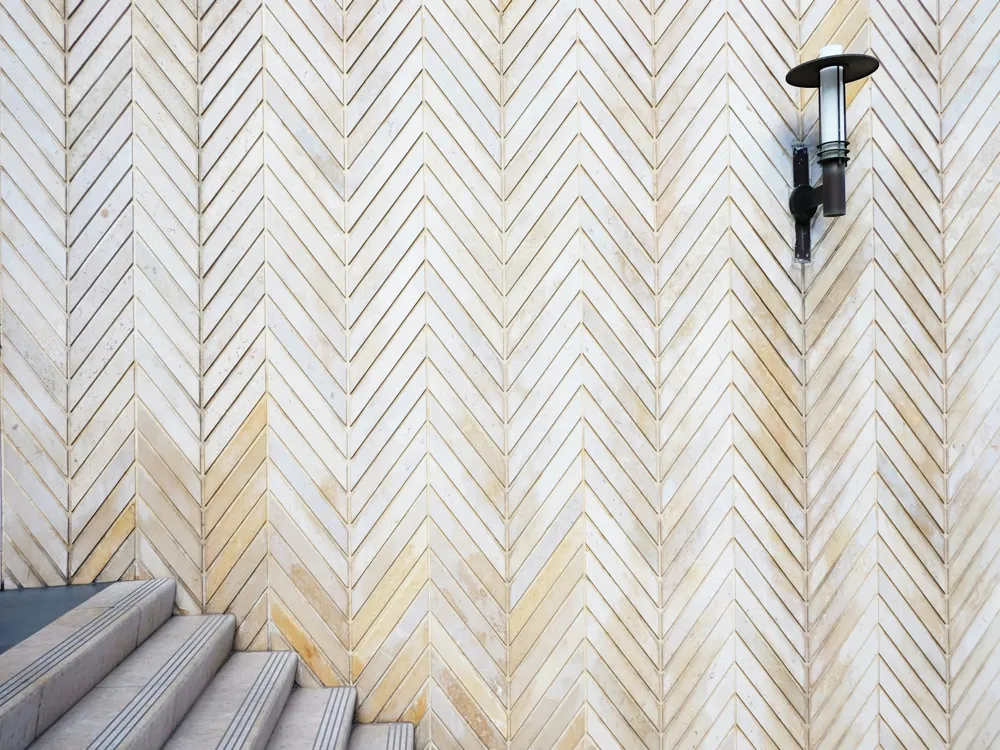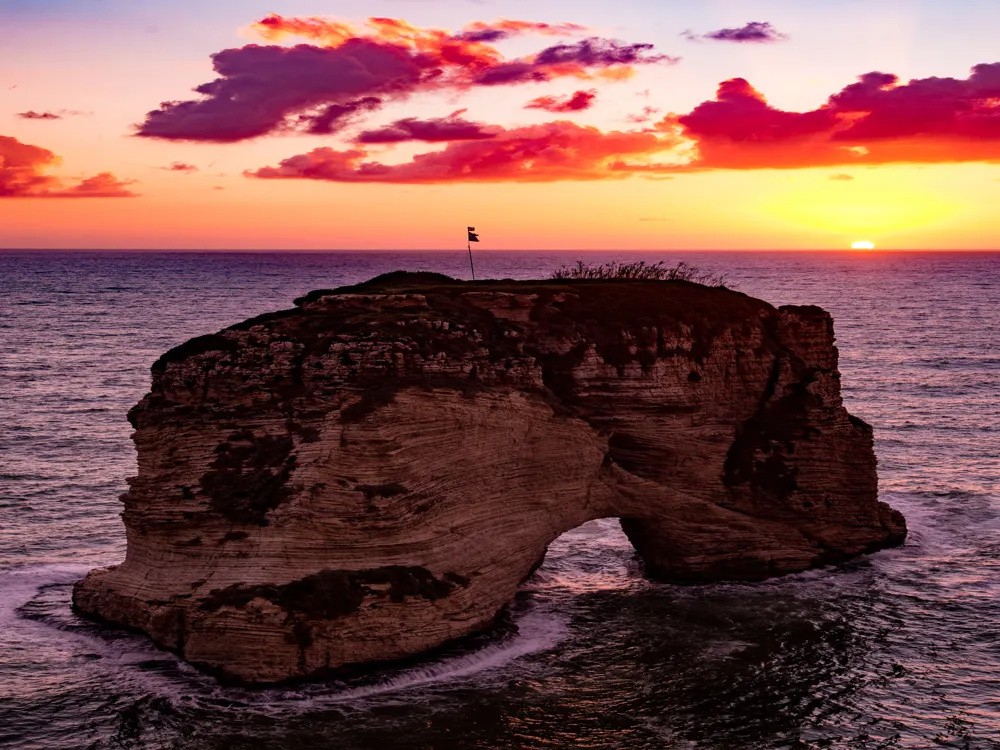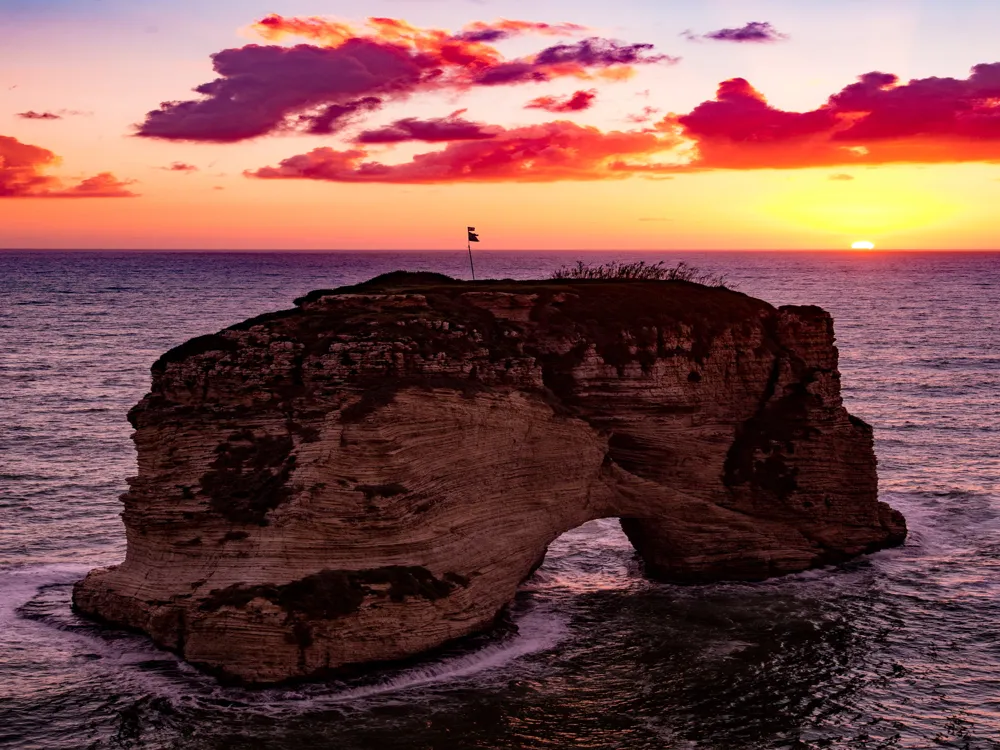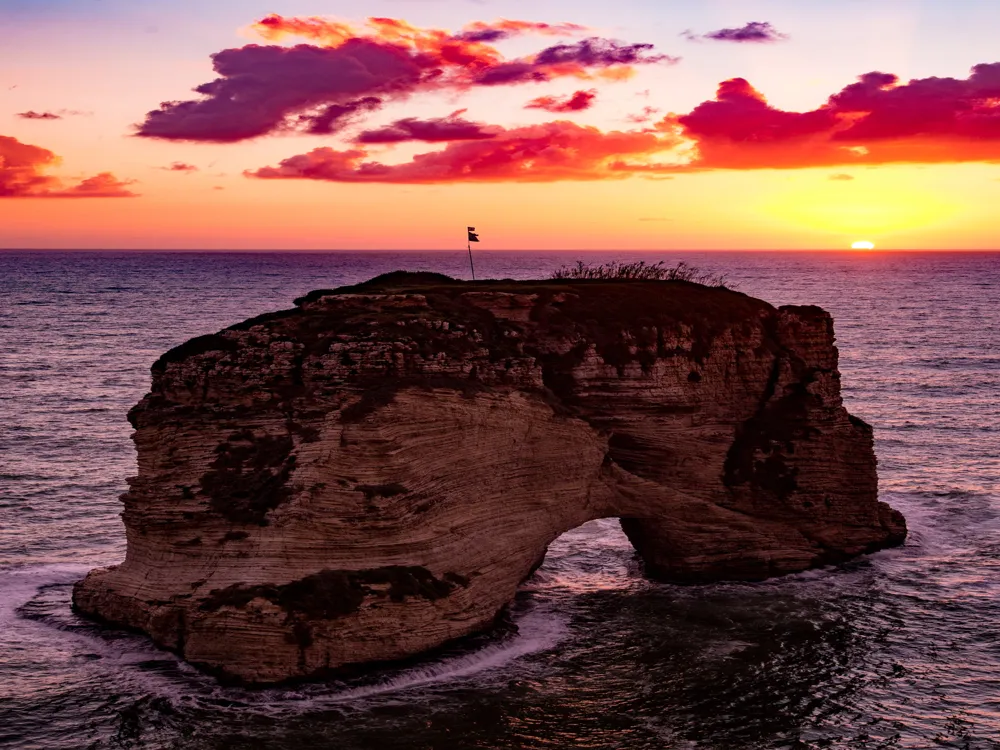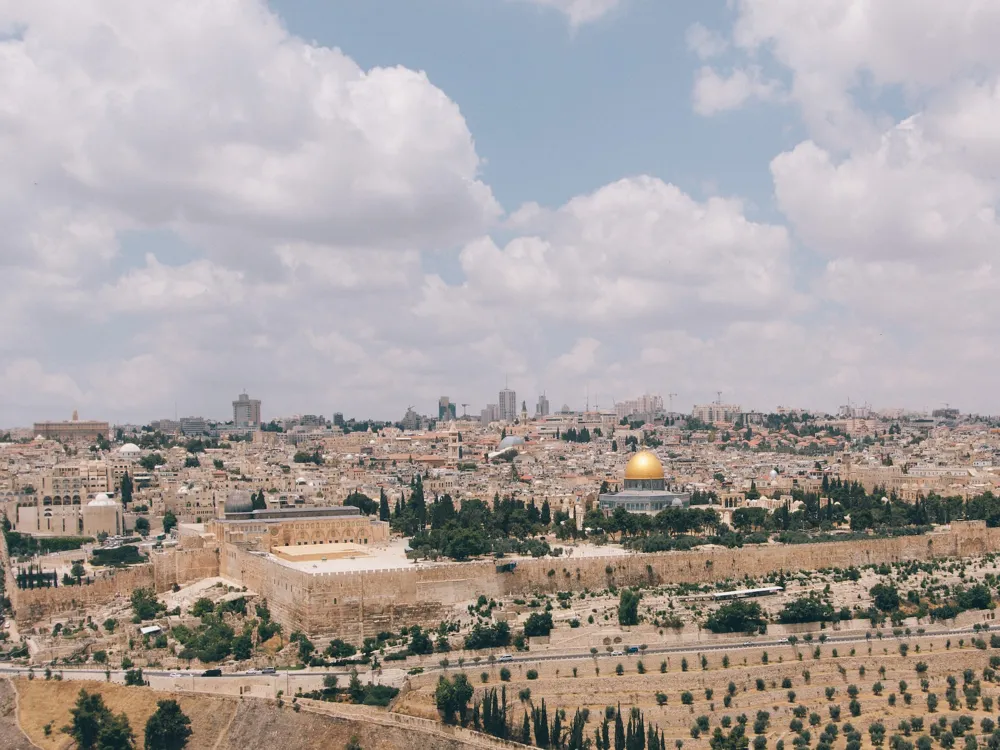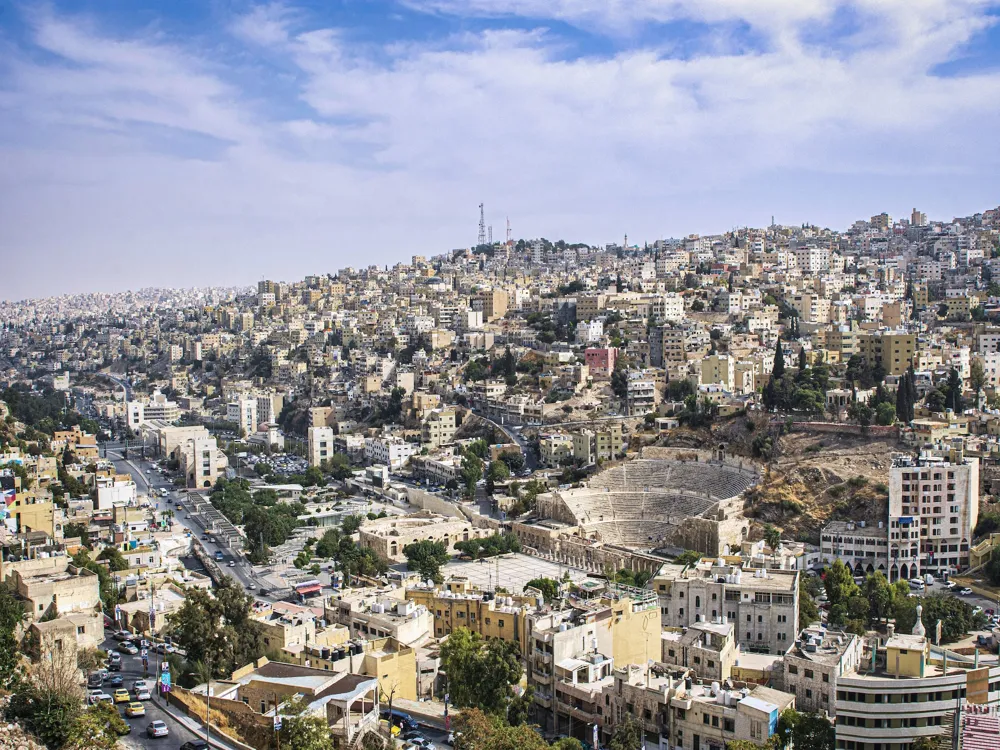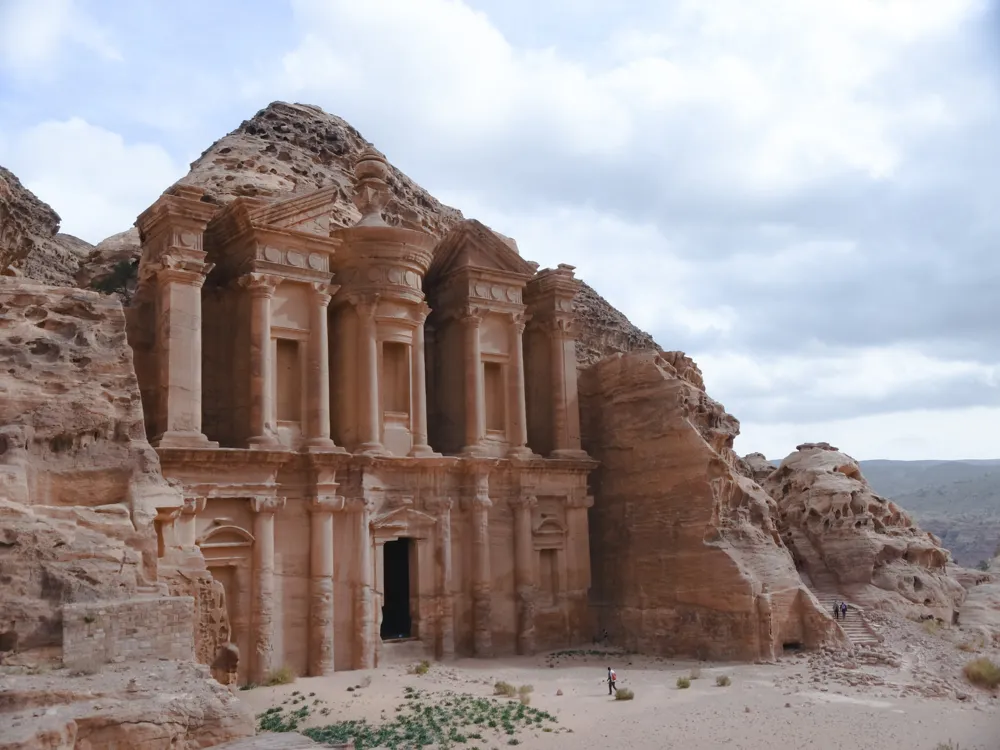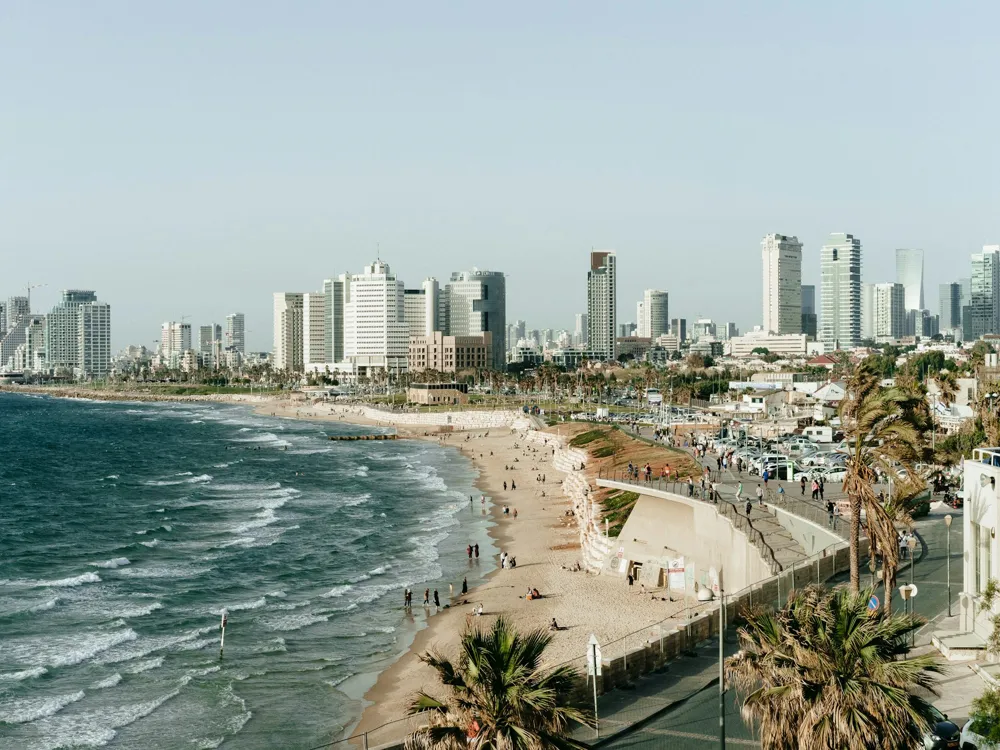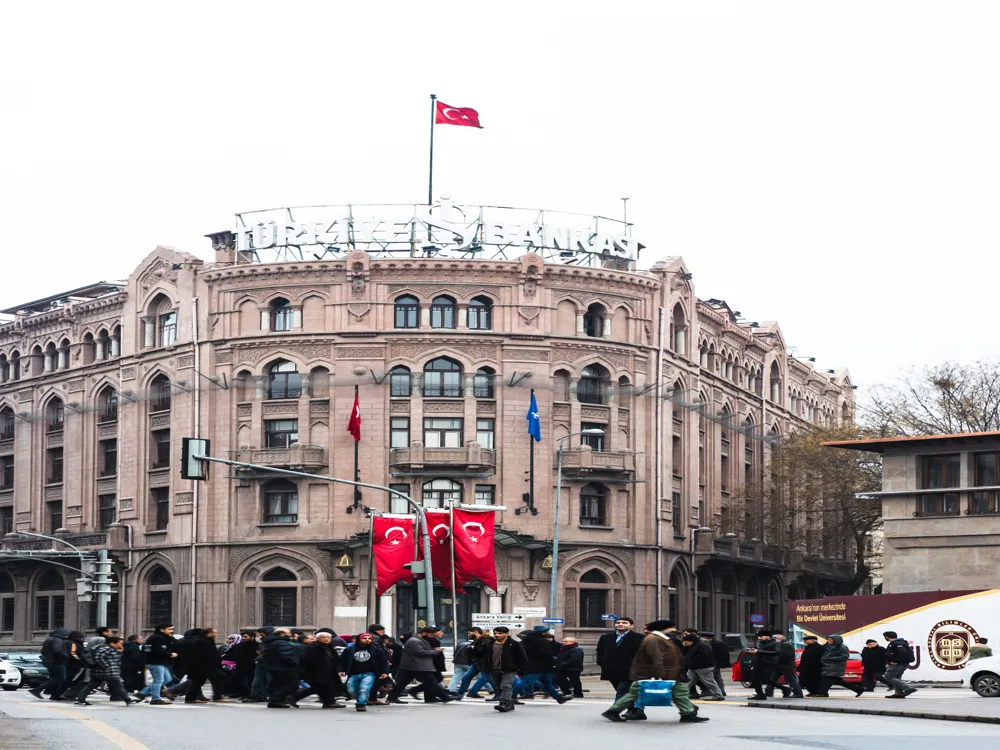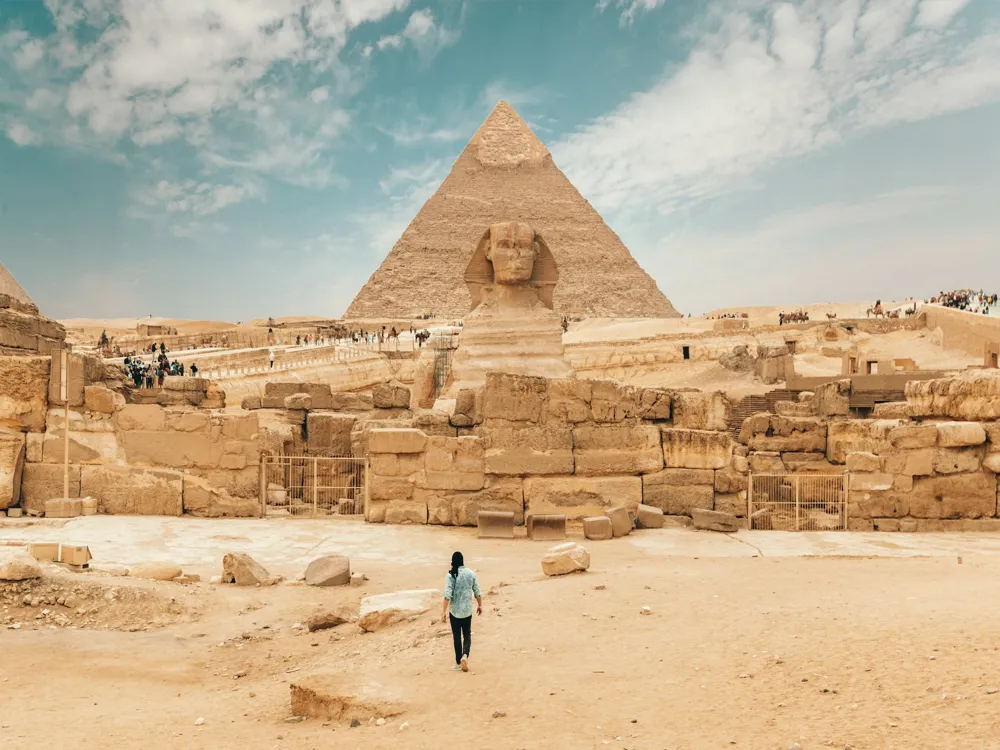The Grand Al Omari Mosque stands as a beacon of historical and cultural significance in the heart of Beirut, Lebanon. This mosque, a transformation of a 12th-century Crusader church, offers a unique blend of architectural styles that reflect the city's rich history. The building, originally the Church of St. John built by the Knights Hospitaller, was converted into a mosque in 1291 by the Mamluks and has since been a symbol of Beirut's Islamic heritage.
The mosque's architecture is a testament to the city's diverse past, exhibiting both Crusader and Islamic influences. The original church structure, with its Romanesque and Gothic elements, was seamlessly integrated with Mamluk architectural features. This amalgamation is visible in the mosque's horseshoe arches, elaborate mihrab, and the fine geometric and floral patterns that adorn its walls and ceilings.
Throughout the centuries, the Grand Al Omari Mosque has played a pivotal role in Beirut's social and religious life. It has survived numerous historical events, including earthquakes, wars, and urban development. Today, it stands not only as a place of worship but also as a symbol of resilience and unity in a city that has seen many changes.
Visitors to the mosque are greeted by its imposing facade, which features a series of arches and columns reminiscent of its Crusader origins. The interior, however, is a celebration of Islamic art and architecture, with intricate calligraphy, vibrant mosaics, and detailed carvings. The mosque also features a large courtyard, which serves as a tranquil oasis amidst the bustling city streets.
The mosque's significance extends beyond its architecture and history. It is a center for cultural and educational activities, hosting lectures, exhibitions, and community events. It also plays a vital role in promoting interfaith dialogue and understanding, welcoming people of all faiths to explore its beauty and learn about its history.
The Grand Al Omari Mosque is a masterpiece of architectural synthesis, blending elements from different periods and cultures. Its foundations date back to the Roman period, as evidenced by ancient columns and capitals integrated into the structure. The church's original Crusader architecture is visible in the nave and transept, where the pointed arches and ribbed vaults reflect Gothic influences.
After its conversion to a mosque, Islamic architectural elements were introduced, harmonizing with the existing structure. The mihrab, a semicircular niche indicating the qibla or direction of Mecca, is a fine example of Mamluk craftsmanship, adorned with intricate stucco and tile work. The mosque's minaret, added in the Ottoman period, showcases the classic Ottoman style with its slender, cylindrical shape and conical cap.
The mosque's interior is a celebration of Islamic art, featuring elaborate arabesque patterns, calligraphy, and colored glass windows. The prayer hall, expansive and serene, is lined with columns that support the high ceiling, creating a sense of openness and tranquility. The geometric patterns on the floor and walls, combined with the play of light and shadow, create a spiritual atmosphere conducive to prayer and reflection.
The mosque also features several ancillary structures, including a madrasa (Islamic school) and a library, which house ancient manuscripts and religious texts. These facilities highlight the mosque's role as a center of learning and scholarship in the Islamic world.
The Grand Al Omari Mosque's architecture is not only a reflection of Beirut's history but also a symbol of the city's enduring spirit. It showcases the ability to adapt and evolve, integrating various cultural influences into a cohesive and beautiful whole.
Visitors should dress modestly, covering shoulders and knees. Women are advised to bring a headscarf. Avoid visiting during prayer times, especially the Friday noon prayer, as the mosque will be busy with worshippers. Photography is generally allowed, but ask for permission and avoid photographing people in prayer. Consider joining a guided tour for a more in-depth understanding of the mosque's history and architecture. While entry is usually free, consider making a small donation to support the mosque's maintenance.
The Grand Al Omari Mosque is located in the heart of downtown Beirut, making it easily accessible by various modes of transportation. For those staying in the city, the mosque is within walking distance from many hotels and landmarks. Public buses and taxis are readily available for visitors coming from other parts of the city. For international travelers, the mosque is a short drive from Beirut-Rafic Hariri International Airport. Visitors can take a taxi or arrange for a private transfer to reach the mosque.
Overview of Grand Al Omari Mosque of Beirut
Architecture of Grand Al Omari Mosque
Tips When Visiting Grand Al Omari Mosque
Dress Appropriately
Respect Prayer Times
Photography Etiquette
Guided Tours
Donations
How To Reach Grand Al Omari Mosque
Grand Al Omari Mosque
Beirut
NaN onwards
View beirut Packages
Weather :
Tags : Mosque
Entry Fee : Free
Planning a Trip? Ask Your Question
Beirut Travel Packages
View All Packages For Beirut
Top Hotel Collections for Beirut

Private Pool

Luxury Hotels

5-Star Hotels

Pet Friendly
Top Hotels Near Beirut
Other Top Ranking Places In Beirut
View All Places To Visit In beirut
View beirut Packages
Weather :
Tags : Mosque
Entry Fee : Free
Planning a Trip? Ask Your Question
Beirut Travel Packages
View All Packages For Beirut
Top Hotel Collections for Beirut

Private Pool

Luxury Hotels

5-Star Hotels

Pet Friendly







